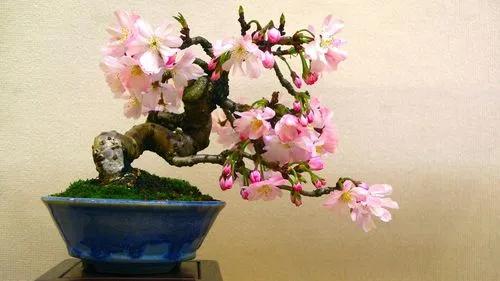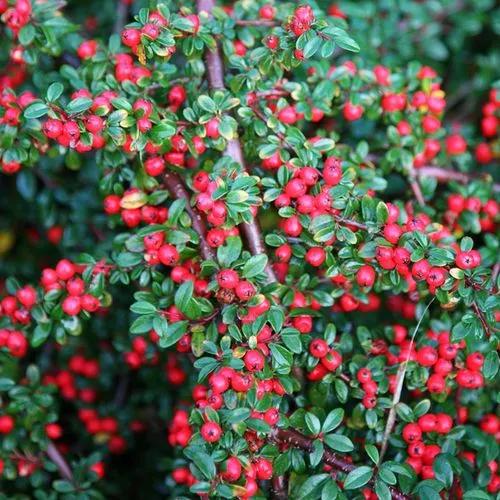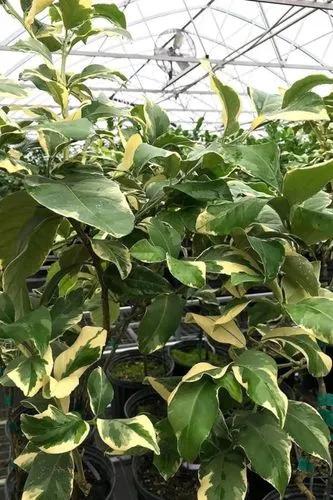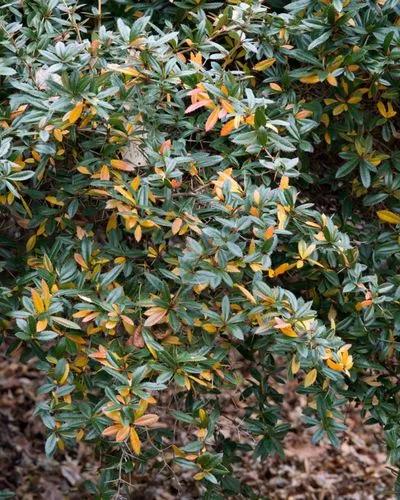Easily grown in average, medium moisture, well-drained soils in full sun to part shade. Wide range of soil tolerance including boggy soils. Best fruit production usually occurs in full sun. Remove root suckers to prevent colonial spread.No serious insect or disease problems. Some susceptibility to leaf spots and twig/fruit blight.Group or mass in shrub borders or woodland areas. Ability to withstand wet conditions makes it suitable for growing on the margins of ponds or streams. Also effective in naturalized areas where its suckering, colonial growth habit does not need to be restrained. Good native plant with multi-season ornamental interest.
Red Chokeberry Care
Aronia Arbutifolia



Aronia arbutifolia, commonly called red chokeberry, is a deciduous, multi-stemmed shrub that is native to both wet and dry thickets in Eastern North America (Nova Scotia and Ontario to Ohio south to Texas and Florida). It typically grows in a vase-shaped form to 6-10’ tall and to 3-6' wide, but tends to sucker and form colonies. Clusters (corymbs) of white to light pink, 5-petaled flowers (1/3”diameter) appear in spring. Flowers are followed by abundant glossy red fruits (1/4” diameter) which appear in dense clusters along the branches. Fruits ripen in late summer and persist on the shrub throughout fall and well into winter. Elliptic to oblong to obovate leaves (to 3 1/2” long) are glossy dark green above and pubescent grayish-green beneath. Foliage turns bright red in autumn and compares favorably with burning bush (Euonymus alatus) for excellence of fall color. Fruits are sometimes used to make tasty jams and jellies. Aronia arbutifolia is synonymous with Pyrus arbutifolis and Photinia pyrifolia.
How to Care for the Plant

Popularity

103 people already have this plant 6 people have added this plant to their wishlists
Discover more plants with the list below
Popular articles






